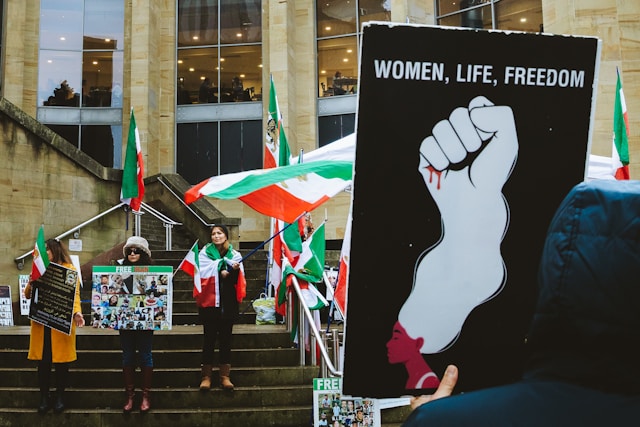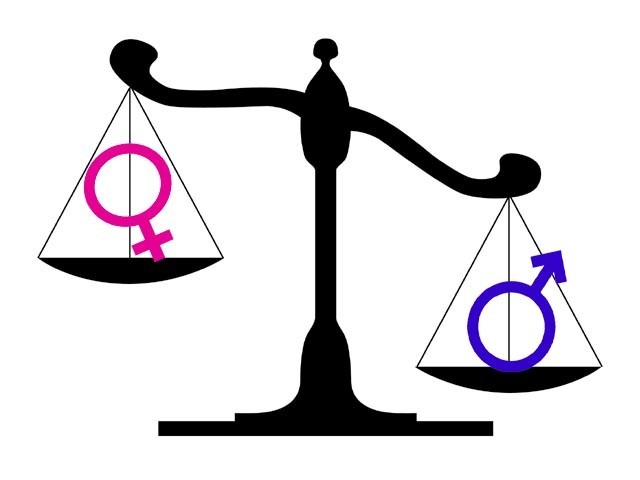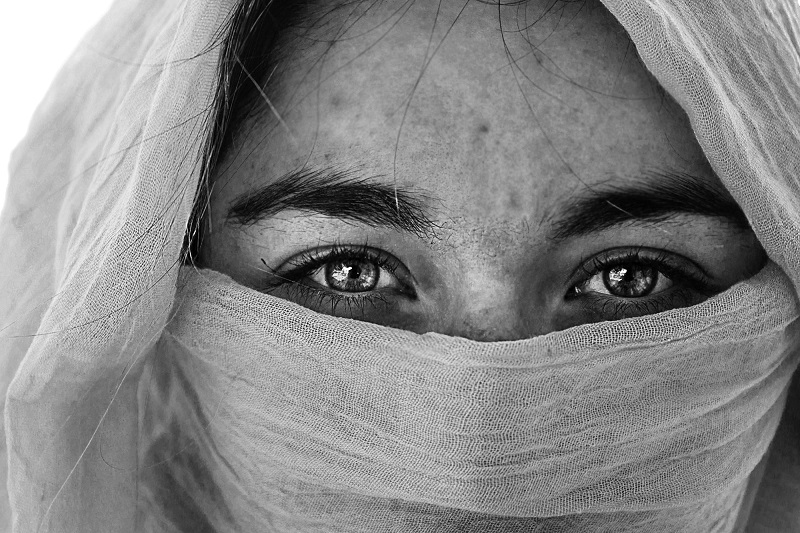The Women, Life, Freedom movement began in September 2022 following the death of Mahsa Amini in the custody of Iran’s morality police. Amini was arrested for allegedly wearing her hijab “improperly” and violating the regime’s compulsory veiling laws. Her death triggered nationwide protests and quickly drew the attention of international media and human rights organizations.
Amini’s case symbolized a long history of state control over women’s autonomy. Women and men across Iran took to the streets to denounce the regime’s repression of women, ethnic minorities, and political opposition. Through continued resistance since 2022, Iranian women have mounted what is arguably the most sustained challenge to the regime since the 1979 revolution. The state has responded with increased executions, mass detentions, and expanded surveillance. These actions show how deeply the regime fears losing its grip and reflect growing anxiety. Persistent acts of resistance, from organized protests to quiet refusals, have tested the limits of authoritarian rule in Iran.
The state’s crackdown has been severe. In the months following Amini’s death, security forces killed over 500 protesters, including dozens of children, and arrested at least 30,000 people. The government increased its use of the death penalty to deter further unrest, disproportionately targeting ethnic minorities like the Baluchis. Security forces used assault rifles and shotguns on crowds, and reports documented widespread torture, forced confessions, and sexual violence against detainees.
As women continued to resist, the government expanded its enforcement methods. Authorities increased electronic surveillance, including facial recognition and cameras on major roadways, to track compliance with compulsory veiling laws. In 2024, the regime launched the Noor Plan, an initiative that deployed more morality police in public spaces to arrest unveiled women and penalize businesses that served them. According to a recent UN report, Iran has begun using advanced surveillance tools, including drones, facial recognition systems, and a citizen reporting app, to track compliance to veiling laws. In response to this resistance, the regime has further extended its reach into everyday public life and digital spaces.
Despite this pressure, the movement has continued to evolve. Many women now openly refuse to wear the hijab in public, forcing the regime into constant efforts to reassert control. Activists use encrypted messaging apps, VPNs, and social media to organize and communicate, even under heavy internet censorship. The Iranian diaspora has played a key role in keeping global attention on the movement through protests abroad and by amplifying its message online. Spontaneous street gatherings, graffiti on walls, and viral social media posts have become more common. These small but widespread acts of protest reveal the depth of public opposition to the regime.
This resistance is not limited to public demonstrations. Women’s refusal to comply has begun to shift dynamics within households and communities. Traditional expectations around gender and family roles, backed by state policies and patriarchal norms, are being openly challenged. More men have joined the movement, recognizing that their silence helps keep the system in place. Some now reject the pressure to enforce dress codes or control the women in their families and have spoken out against the government’s violent treatment of women protesters. Rather than silencing dissent, the regime’s harsh response has pushed even more Iranians to take action.
At its core, this movement is about choice and autonomy. For decades, the Iranian regime has enforced laws that limit women’s control over their personal and family lives. For example, a husband can divorce his wife whenever he wishes. In contrast, a woman can only request a divorce in front of a judge and only in specific situations where the husband has created difficult or harmful conditions in the marriage. Today, that control is being openly challenged. Women are refusing to comply with compulsory veiling laws, gender segregation, and other restrictions imposed by the state. In response, the government has turned to its most extreme methods. It has used surveillance, torture, and even killed protesters in an attempt to reassert control. These actions are not signs of strength. They reveal a regime struggling to silence dissent.
Over two years after Mahsa Amini’s death, the Women, Life, Freedom movement remains a direct challenge to the regime’s legitimacy. While the government has tried to suppress dissent, it has not been able to force women back into submission. Whether through protest, online activism, or simply refusing to comply with dress code laws, women in Iran continue to push the boundaries of what the state can control.
Photo : Free Iran protests in Glasgow, Scotland (2023) via Unsplash.
Disclaimer: Any views or opinions expressed in articles are solely those of the authors and do not necessarily represent the views of the NATO Association of Canada.




